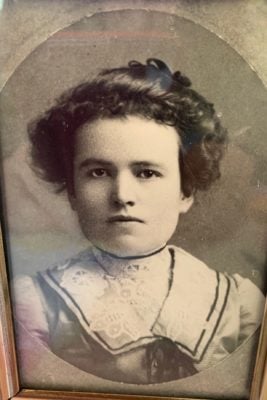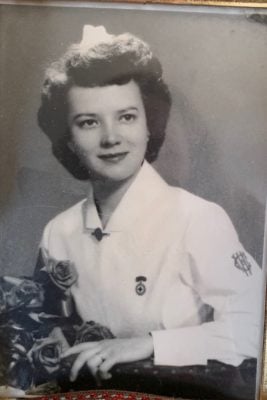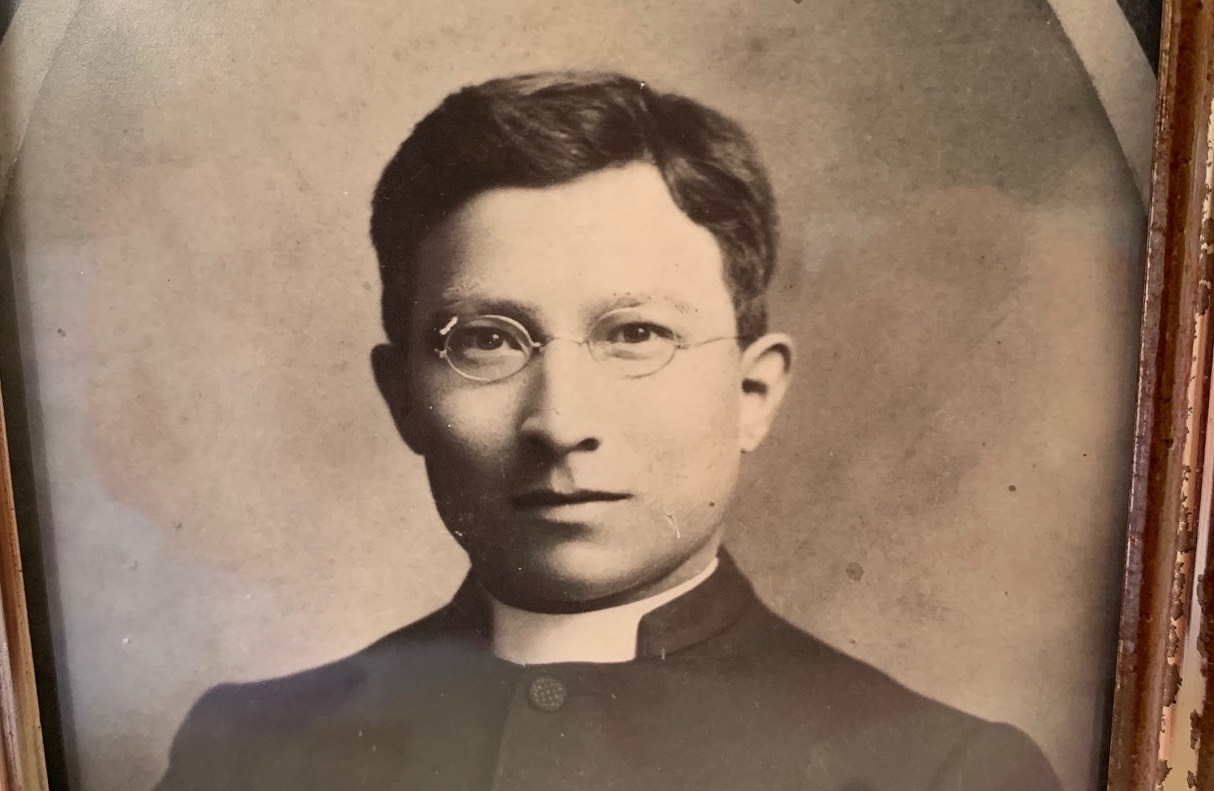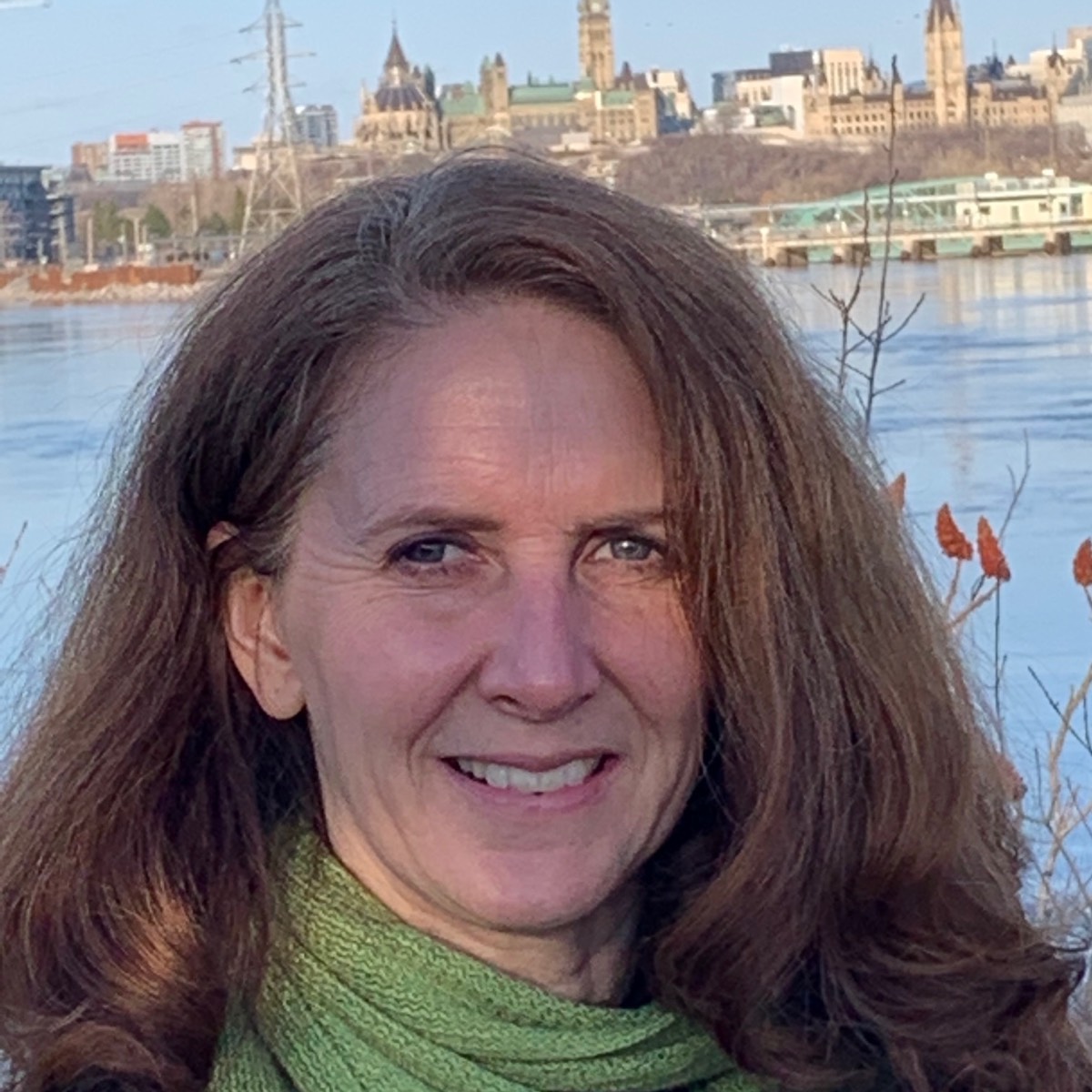My grandfather, Maurice Sanderson, was born at the Fairford Indian Reserve, in Manitoba. The name is now the Pinaymootang First Nation, but when he was born there in 1877, it was an Anglican mission, and the Anglican priest had named it Fairford after his home in England. My grandmother, Mary Ann Hall, was born in 1881 at the St. Peter’s Reserve, which was also an Anglican reserve near the town of Selkirk, Manitoba.

Photo: Contributed
Both went to an Anglican-run residential school. In my family, we always called it the Rupert’s Land Indian Industrial School, but the other name of it was Middlechurch. …They were industrial schools so the idea was that you would learn a trade or learn do something. He studied printing. The girls, as I understand it, learned how to be maids, what they called domestic service.
They spent many years there, met each other there, and by the time they got out of there, they were maybe 18 or 19 and they married. He certainly wasn’t able to get a job as a printer. That was part of the issue, they were supposed to be learning trades, but nobody would ever hire an Indian back in those days.
My grandfather stayed in touch with someone from the school, a teacher or someone that he knew from the Anglican church. After some discussion with this fellow, my grandfather decided he wanted to go into the ministry. And so he went to the theological college, [St. John’s College] in Winnipeg and was ordained as an Anglican priest.
By then, he was married to my grandmother, and the first place he went was up to Northwestern Ontario, so they were based out of Sioux Lookout and Lac Seul area, and he spent his whole ministry, career or life ministering to Indigenous communities. He was ordained in about 1903. Up there, people were living still quite traditionally, so he travelled out to summer camps and winter camps and traplines as an Anglican priest, conducting services and such. And that’s where most of their children were born.
A couple of times, he went back to Fairford and ministered there because it was an Anglican mission, and in the early 1900s, the St. Peter’s Reserve … and to Peguis.
By the time my mother was born, she’s the youngest, they had moved to Kenora… I think maybe that’s why he wanted to vote; it was probably the first time he had been somewhere where you could vote in a federal election …(or possibly to buy a house, or maybe they lived in the manse], but in order to vote, he needed to enfranchise.
My grandfather was fairly well-known because there weren’t that many Indigenous Anglican priests in those days and because of the nature of his ministry.
My mother grew up in Kenora … went to nursing school, became a nurse, moved to Toronto, met my dad. They got married in 1950.

Photo: Contributed
My grandmother had contracted tuberculosis at the residential school, and she died when my mother was a teenager, so I never knew her. My grandfather died when I was about eight, so then we just grew up knowing that this was our story.
We grew up in the suburbs of Toronto. Our friends knew that my Mum was an Indian, as we would have said back in the day, and she was proud of that and we were proud of that, but due to those effects of enfranchisement, which really cuts you off, we never imagined that there might be another ending to the story than what we knew back then, but now we have this other ending.… They say a wrong remains a wrong until it is righted, and so I hope, and I would like to think, that my grandparents would be proud that 100 years later we’re saying, “You know what Grandpa, what they made you do was wrong.”
Excerpted from Crosstalk interview with Kathryn Fournier



St. James, Morrisburg — Stormont Deanery